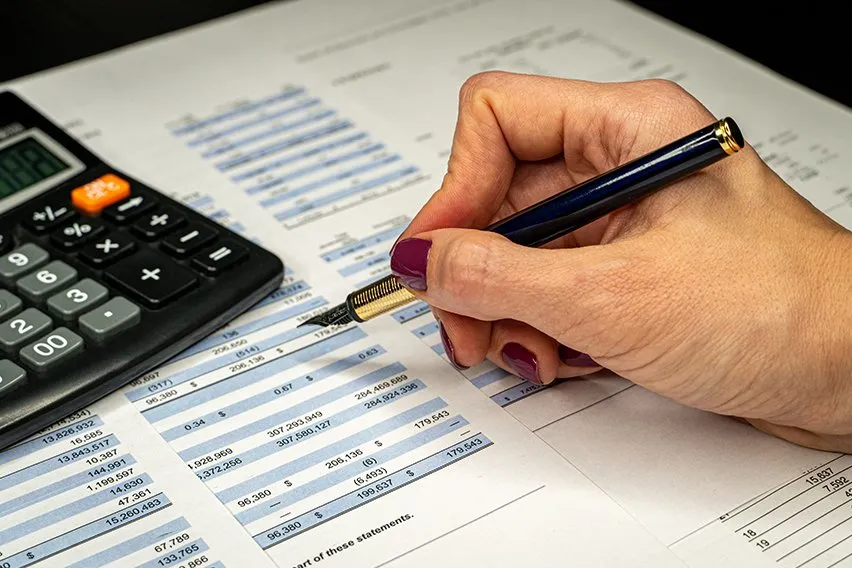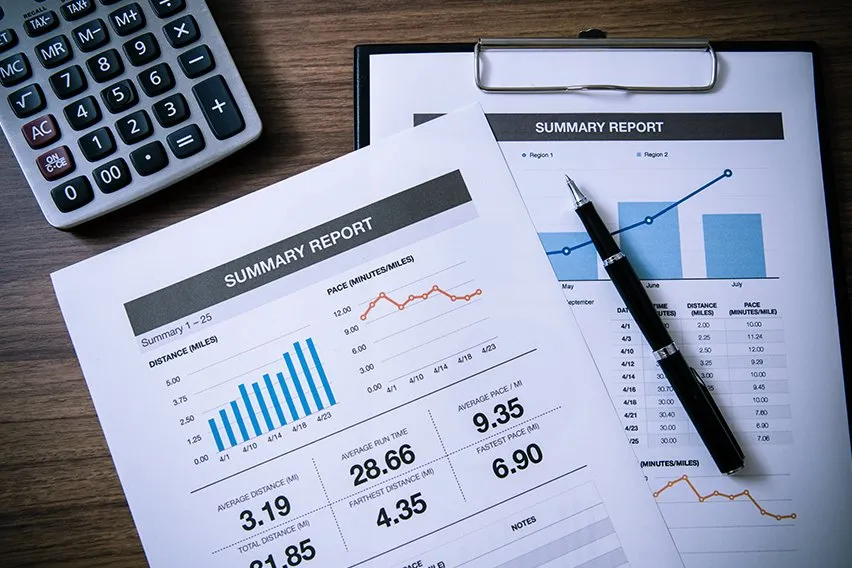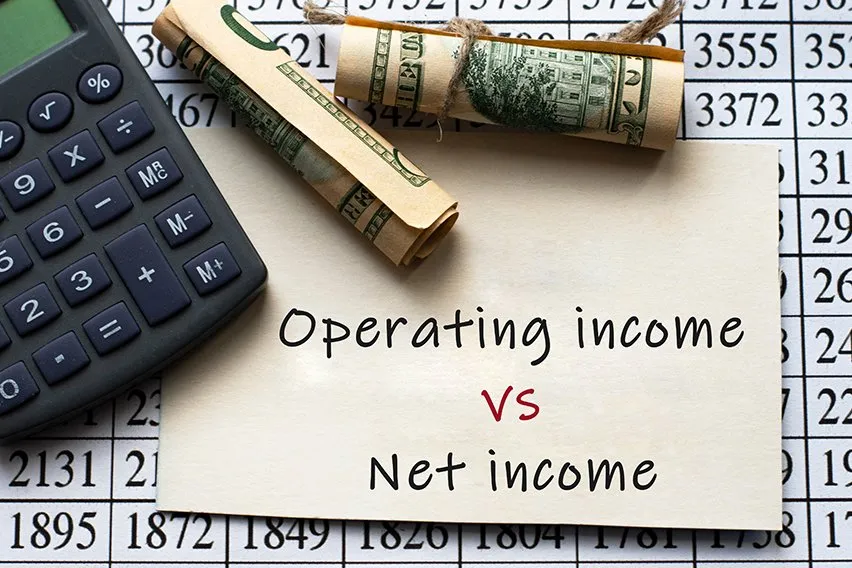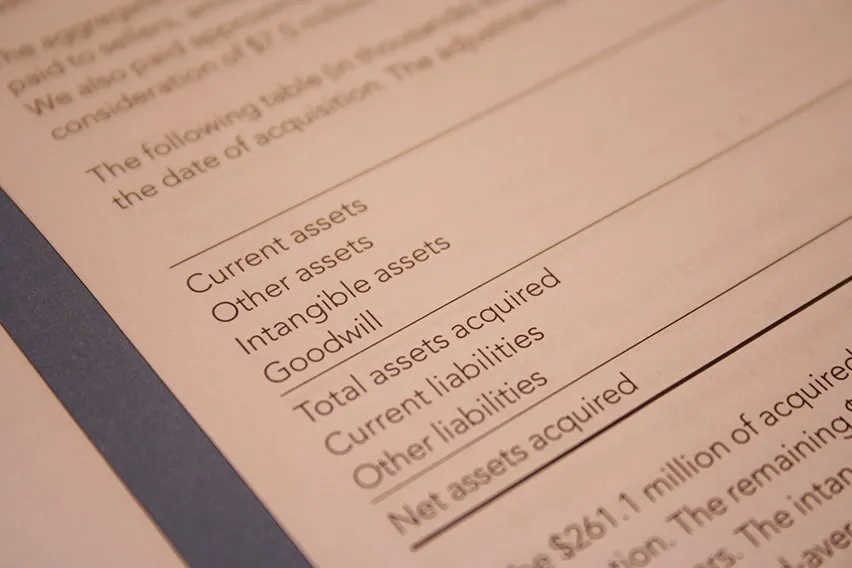Accounts Receivable and Accounts Payable: What’s the Difference?

Accounts payable (AP) is considered a liability to a company. It is the amount of money a company owes because on credit it purchased good and services from a vendor.
Accounts receivable (AR) is considered an asset to a company. It is the amount of money a company can collect because it sold goods or services on credit to a customer.
Here we will also discuss:
What Kind of Account Is Accounts Payable?
What Kind of Account Is Accounts Receivable?
How To Create Accounts Payable

What Kind of Account Is Accounts Payable?
A company’s short-term debt or money owed to suppliers, vendors and creditors is an Accounts Payable.
On a balance sheet, Accounts Payable is shown as a Current Liability. It is referred to as “current” because these debts are due within a year or less.
What Kind of Account Is Accounts Receivable?
The amount owed to a seller from a customer is called Accounts Receivable. On a balance sheet, Accounts Receivable is shown as a current asset. It is referred to as a current asset because it is convertible into cash in less than one year.
How To Create Accounts Payable
Accounts Payable is shown as a current liability on a company’s balance sheet.
The upkeep of the accounts payable ledger is dependent on a clear audit trail. An audit trail is a detailed recording of all the activities regarding each transaction. Purchase details must be recorded as well its invoice and a record of payment.
Important details to include in your Accounts Payable Ledger include:
- Vendor/Biller’s Name
- Account Number
- Invoice Number
- Expense Type
- Invoice Receipt Date
- Payment Deadline
- Payment Status
Audit trails help organizations track the status of their accounts payable. When a company receives a vendor’s invoice accounts payable is credited and payment of that invoice causes accounts payable to be debited.
These documents are tracked and recorded under accounts payable:
- Purchase Orders
- Suppliers and Vendors Invoices
- Contracts
- Agreements with Vendors and Independent Contractors

Types of Accounts Receivable
When your business extends a credit to a customer for a purchase of goods and services this transaction is recorded in your financial records as an accounts receivable. Different types of accounts receivable entries can be used to distinguish the relationship between the business owner and the account holder.
Notes Receivable
Notes Receivable is similar to a regular accounts receivable except it tends to differ in terms of repayment terms and deadlines.
A normal accounts receivable has a two-month window to repay. With a Notes Receivable Account, a promissory note is secured, and the payment is made within one year. The extended repayment timeframe is agreed upon between a business and its customer (debtor) and promissory note helps enforce a business’ legal claim for the debtor’s payment.
Much like a basic accounts receivable, Notes Receivable increases the assets of a business.
Trades Receivable
Trade Receivable are the same as other types of accounts receivable in that they are a business asset.
The difference between a Trades Receivable Account and accounts and notes receivable is that it is a direct result of company sales. When a customer buys a good or service and is extended short-term credit in which to repay the loan, this is listed as a trades receivable entry in the current trades receivable account.
Bad Accounts
Sometimes a borrower becomes insolvent or has a lack of cash flow and can’t pay their current debts. A creditor has various options for this payment delinquency. If it is clear that the account will not be paid at all, a debt can be written off and then later become a tax deduction. The IRS allows companies to write off these debts to a certain limit. Creditors can also note the debt as an allowance, which allows them to account for the debt in the short-term while waiting for repayment for the debtor.
RELATED ARTICLES


 Inventory Write-Off: How To Do It With Examples
Inventory Write-Off: How To Do It With Examples Accounting For Startups: Everything You Need To Know In 2025
Accounting For Startups: Everything You Need To Know In 2025 How do you use the Shareholders Equity Formula to Calculate Shareholders’ Equity for a Balance Sheet?
How do you use the Shareholders Equity Formula to Calculate Shareholders’ Equity for a Balance Sheet? How Do You Calculate Operating Income?
How Do You Calculate Operating Income? Operating Income vs. Net Income: Which Should You Pay Attention To?
Operating Income vs. Net Income: Which Should You Pay Attention To? How to Calculate Goodwill of a Business: Step-By-Step
How to Calculate Goodwill of a Business: Step-By-Step